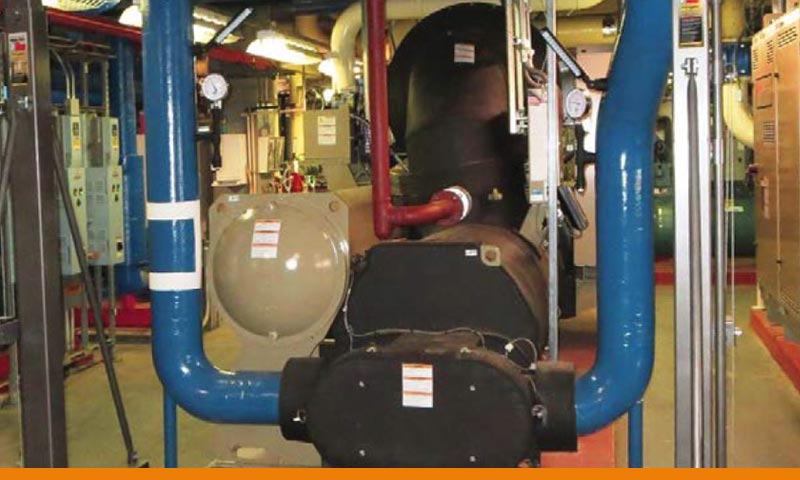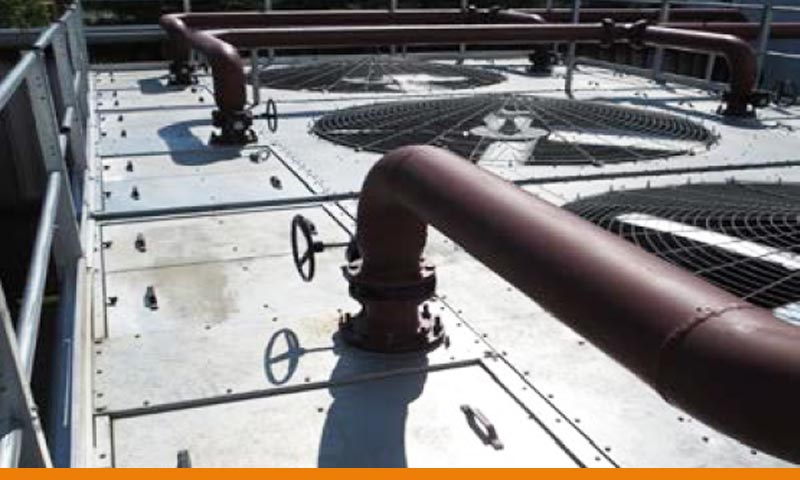Chiller and Cooling Tower Replacement Project: What It Took
July 20, 2016Cooling is one of the 3 critical components of life in a Data Center.
Equipment generates a lot of heat. Interruptions can cause failure, which is not an option. Along with 4 walls and power, cooling is crucial.
When an entire cooling system is upgraded, the challenges are monumental. The cooling system must always be on. So how does a major 162,000 sq ft Tier 3 Data Center make the transition?
When Telehouse replaced our own chiller and cooling tower system at The Teleport with more energy efficient, state of the art equipment with increased capacity, here’s how we did it.
The operational word was planning
The key objective was to upgrade and use the existing mechanical infrastructure without interruption to customers. Though the actual installation took only 2 months, the planning took 2 years. Our partners in the engineering design, Lilker, worked our own facilities engineers to plan the operation way in advance. The construction was expertly done by Trane, specialists in HVAC and chiller systems with whom Telehouse has a long-standing service relationship.
“It took many, many days, hours, nights and phone calls to review the infrastructure, plan for contingencies and and anticipate roadblocks. Constant communication was essential.” —Trane Team Leader
What the chiller project consisted of:
Telehouse had 4 existing trained centrifugal chillers, which are large electrical pieces of equipment that provide cooling to the entire data center facility. We replaced four 300T chillers with four 470T chillers to allow for future expansion.
The challenges
- To upgrade the amount of cooling to support business expansion—within the same physical footprint of existing system
- Optimize chiller performance by 50%
- Assuring there was no downtime
Partnership was routine
We met with Trane continuously to make sure every I was dotted and every T crossed. They were on site nearly every single week during the process.
“Partnerships like this are the true way of doing business. It’s important that there are reliable, trusted confidantes between owners and vendors to be sure we meet the owner’s needs.” —Trane
The drama was there was no drama
Though many things could have gone wrong, like a power failure, nothing did. These are the steps we took to assure the chiller and cooling tower replacement made a smooth transition.
- All the new equipment was fabricated offsite far in advance of the installation to our specifications.
- The installation itself was planned during January—March to take advantage of the cold air surrounding the chillers.
- Much of the work was done in off-peak load times to avoid power failures.
- The design included the integration of onsite temporary chillers for maintaining the mission critical cooling 24/7 during implementation.
- Mobile generators were brought to the site to provide power to the temporary chillers when our own system needed to be shut down.
- Only 2 of the 4 chillers were shut down at one time.
The critical part was changing out the condenser, as the entire system would be shut down.
Generators and air-cooling equipment were brought in from the main plant to the backup plant. When the condenser flow was halted, the backup equipment kicked in immediately. This made for a smooth transition to the new system.
Not a second of cooling was lost.



